Vom 08. bis 12. November 2021 absolvierte Nicholas Coledan ein Praktikum am Stuttgarter Standort des SFB-TRR 161. Auf unserem Blog erzählt er von seinen Eindrücken.
Mein BOGY-Praktikum an der Universität Stuttgart
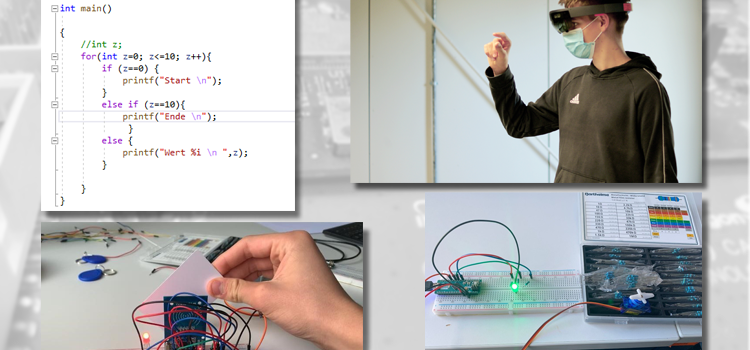


Vom 08. bis 12. November 2021 absolvierte Nicholas Coledan ein Praktikum am Stuttgarter Standort des SFB-TRR 161. Auf unserem Blog erzählt er von seinen Eindrücken.
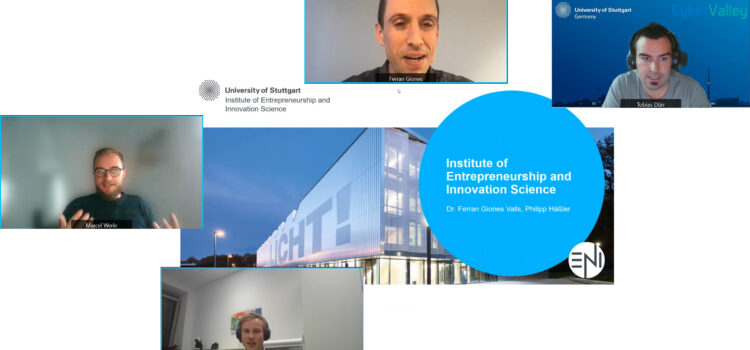
Tobias Dürr, Marcel Werle, Philipp Häßler, and Dr. Ferran Giones Valls joined the SFB-TRR 161 lecture series and gave an overview of interesting transfer projects and entrepreneurship support opportunities for early stage researchers. For our blog, they summarize their central points.
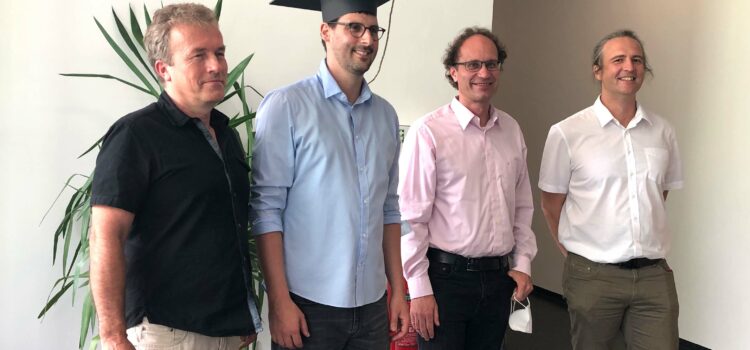
Jochen Görtler from SFB-TRR 161’s project A01 successfully defended his Ph.D. thesis – Quantitative Methods for Uncertainty Visualization.
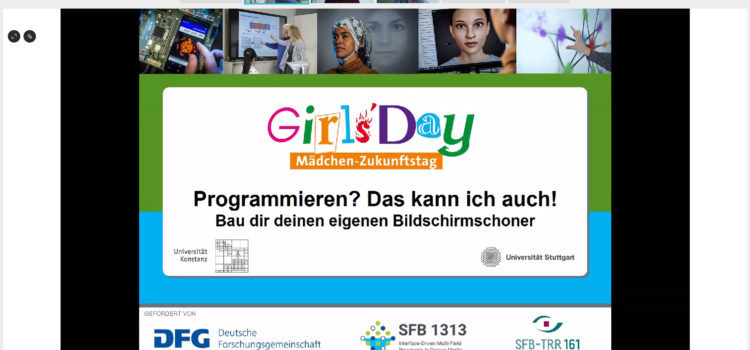
Der Girl’s Day war dieses Jahr ein Gemeinschaftsprojekt vom SFB-TRR 161 und dem SFB1313, und im speziellen eine Kooperation der Uni Konstanz und der Uni Stuttgart. Insgesamt bildeten wir ein 8-köpfiges Team, dass sich dieses Jahr der Herausforderung stellen musste den Girl’s Day online zu gestalten.

In his thesis Houssem Ben-Lahmar has proposed a set of new recommendation approaches supporting users alongside the full process of visual data exploration.
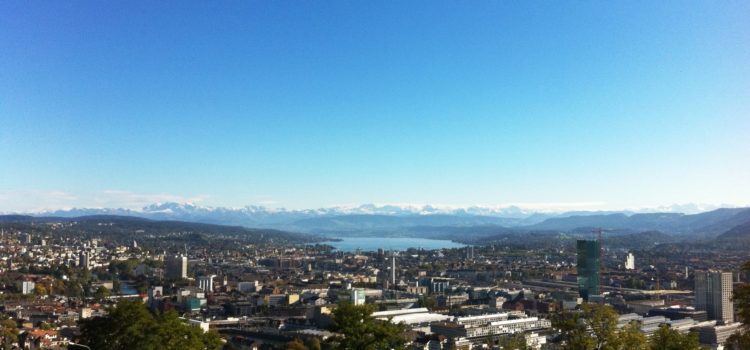
Doctoral researcher Christoph Schulz spent three months at the ETH Zurich working on order-statistical measurements for graphs and networks to assess representativeness.
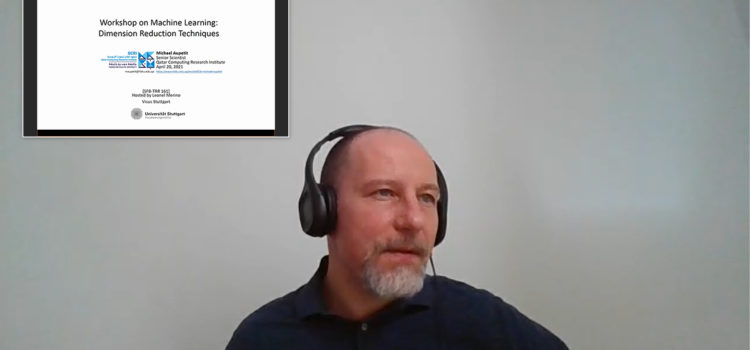
The SFB/Transregio 161’s Graduate School had the pleasure to attend a workshop on Machine Learning: Dimension Reduction Techniques, which was held by Dr. Michaël Aupetit, Senior Scientist at QCRI, Qatar.
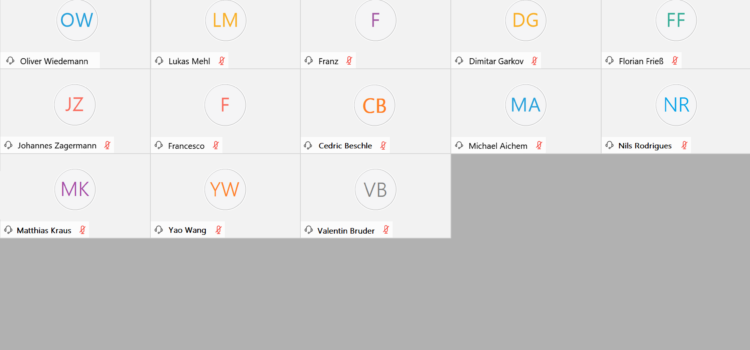
This year the retreat of the SFB Graduate School had to take place as a video conference because of the pandemic restrictions of the COVID crisis.
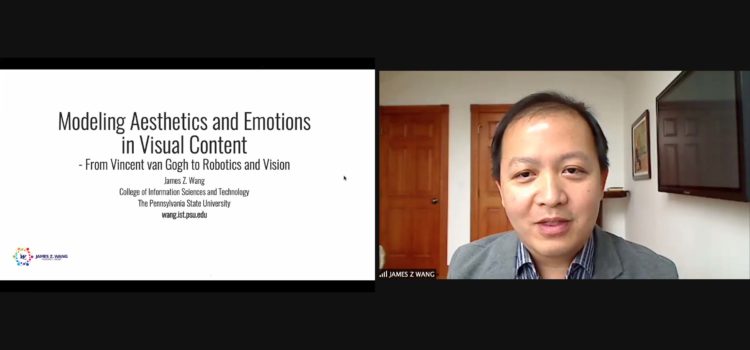
How to connect the two fields of aesthetics and technical quality? The ATQAM workshop at the ACM Multimedia Conference 2020 brought together researchers of both fields.
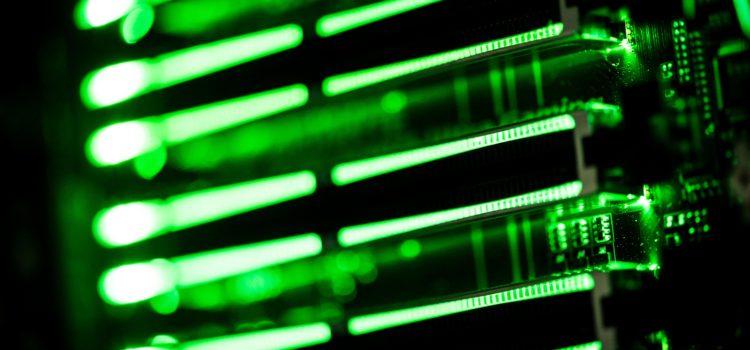
Image data`s nature to be relatively large makes a good performance crucial in the field of visual computing. Valentin Bruder on assessing the performance of different algorithms, to predict requirements.